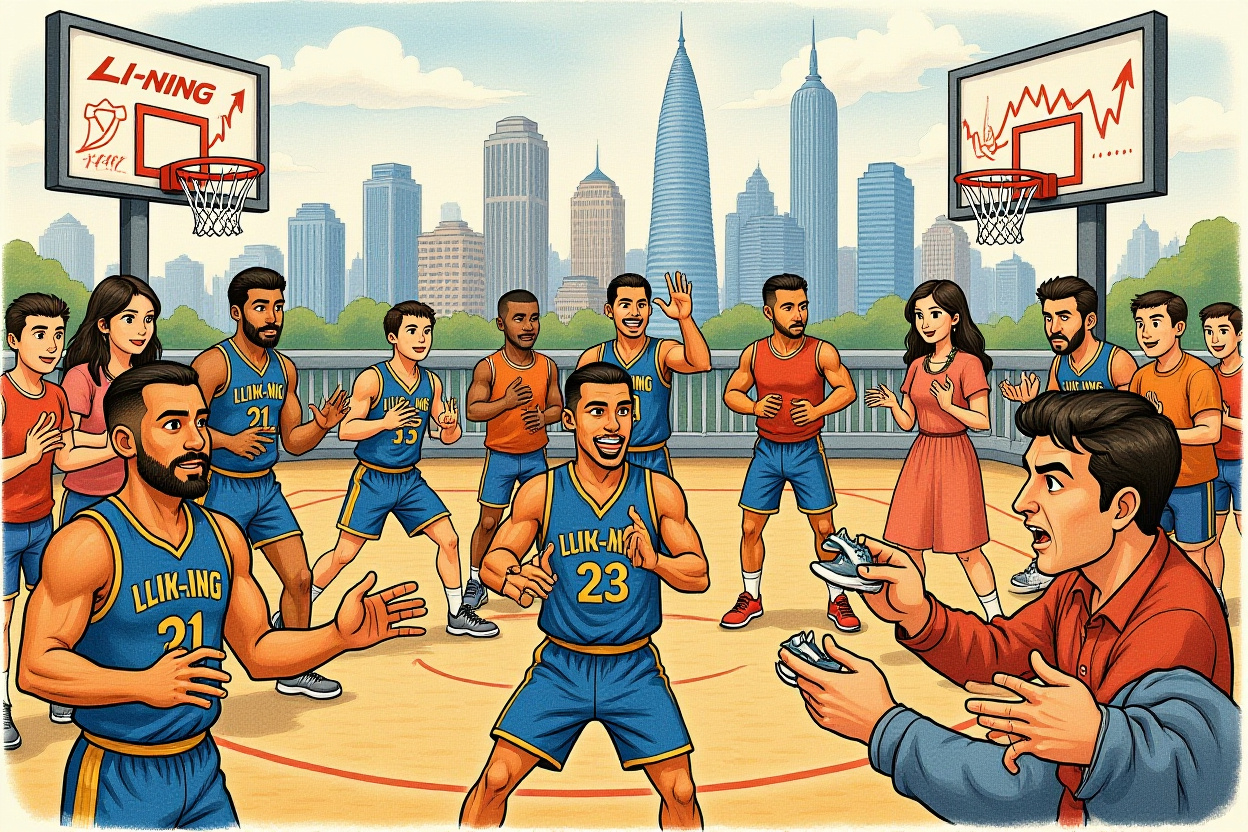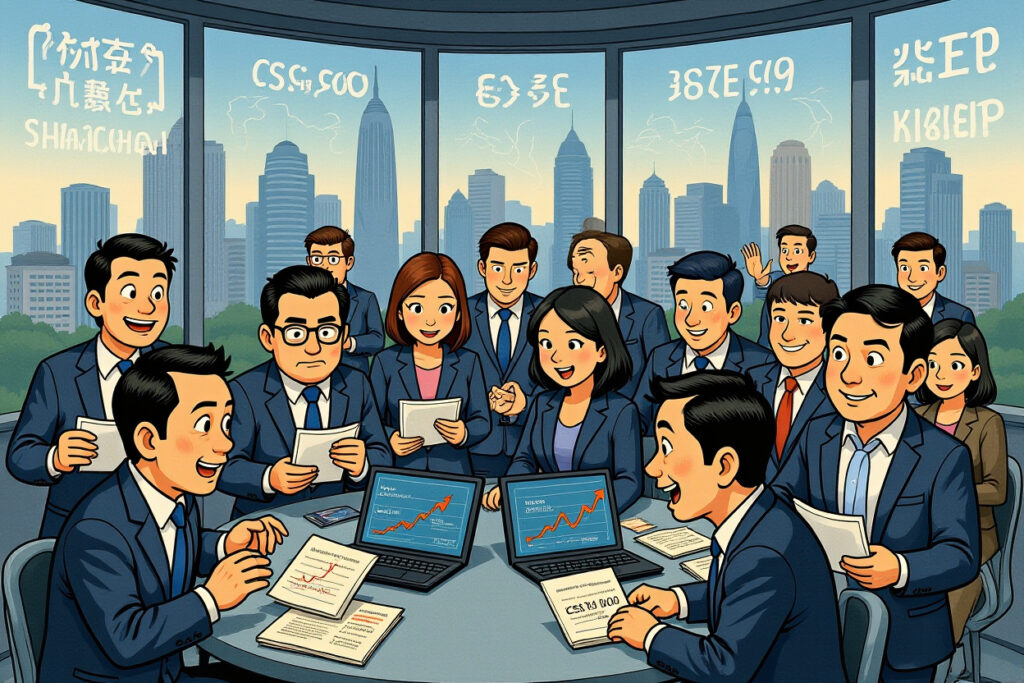The Surge of NBA Stars in China
From late August 2024, Adidas-signatured NBA star Anthony Edwards completed his inaugural China tour, joining a growing list of basketball icons visiting the country. Before him, Jalen Williams and James Harden (James Harden/詹姆斯·哈登) also made appearances, with Harden marking his seventh Adidas-sponsored China trip. Over just two months, at least 10 NBA stars—including Nikola Jokić, Ja Morant, Jimmy Butler, and Stephen Curry (Stephen Curry/斯蒂芬·库里)—have engaged in brand activities across Chinese cities.
This influx isn’t coincidental. Sports brands like Adidas, Li-Ning, and Under Armour are leveraging these visits for product launches and marketing campaigns. Stars are seen learning local dialects, practicing martial arts, and savoring regional cuisines, all to connect with fans and amplify hype. Despite whispers that the sneaker market is declining amid the rising popularity of marathon running, brands are betting big on basketball’s enduring appeal.
Is the Sneaker Business Still Lucrative?
Adidas, rebounding from recent challenges, is aggressively revitalizing its basketball division. In late 2024, it secured Damian Lillard (Damian Lillard/达米安·利拉德) with a lifetime contract, making him the fourth active NBA player to receive such a deal—joining LeBron James (LeBron James/勒布朗·詹姆斯), Kevin Durant (Kevin Durant/凯文·杜兰特), and Stephen Curry under Nike and Under Armour respectively.
Adidas’s basketball legacy dates to the 1980s–90s with icons like Charles Barkley and Kobe Bryant (Kobe Bryant/科比·布莱恩特). As these legends retired, the brand has sought new talent to sustain influence. Similarly, Under Armour’s basketball strategy orbits almost entirely around Curry, who admitted the brand had minimal basketball presence before his 2013 signing. The partnership birthed the Curry Brand sub-line, driving Under Armour’s revenue from $2.33 billion in 2013 to $5.7 billion in 2021, with shoe sales tripling to $1.3 billion.
But do these investments pay off? Brand consultant Wang Yilun (pseudonym), an avid sneaker collector, notes: “Sneakers like Jordan’s defined generations. My son might not know Michael Jordan, but he recognizes the brand.” Nike’s Jordan Brand exemplifies success—revenue soared from $2.8 billion in 2018 to $6.6 billion in 2023, with Jordan earning 5% royalties annually,远超 his NBA salary.
The Heyday of Sneaker Hype
Jordan sneakers became cultural phenomena, with limited editions like the Air Jordan series fetching up to 10 times their retail price. Li-Ning’s Wade series, notably the Way of Wade 4 All-Star edition, once listed for 48,889 yuan ($6,740) on resale platforms against a 1,499 yuan ($207) official price—though brands clarified such prices weren’t actual transactions.
Has the Sneaker Market Cooled Down?
Recent data suggests a shift. StockX reported only 47% of sneakers traded above retail in 2024, down from 58% in 2020. Li Xin (pseudonym), a seasoned sneaker trader, acknowledges the decline: “The frenzy has faded. No more midnight queues or rampant reselling.” He attributes this to broader economic trends and evolving consumer habits, including the marathon boom boosting brands like ON and HOKA.
In 2019, China’s central bank even warned against “sneaker speculation” as a financial risk, highlighting its bubble-like nature. Yet, brands remain committed. Li-Ning’s co-CEO Qian Wei emphasized basketball’s strategic importance despite market challenges, pledging continued investment in sports resources.
Global Brands Double Down on China
Adidas chose China for the global debut of Anthony Edwards’ second signature shoe and James Harden’s tenth edition, signaling confidence in the market. Wang Yilun argues basketball sneakers are the “crown” of sportswear—showcasing peak technology and trendsetting designs. Li Xin adds that high-end basketball shoes serve as a “moat” for brands, requiring unique expertise to produce.
The Future of China’s Sneaker Market
While the era of astronomical resale prices may be over, experts believe the sneaker market is maturing rather than dying. Brands are focusing on innovation and authenticity to attract genuine enthusiasts rather than speculators. The recent NBA star tours underscore efforts to reignite passion through personal connections and exclusive launches.
Key takeaways:
– NBA star visits drive immediate marketing impact but require sustained product excellence.
– The sneaker market is shifting from speculation to consumption, with prices rationalizing.
– Basketball remains a core segment for brands, blending performance and culture.
– Consumer preferences are diversifying, but basketball’s influence persists.
For sneaker enthusiasts and investors, the message is clear: prioritize value and authenticity over hype. Follow brand announcements and athlete collaborations to stay ahead of trends. Share your thoughts on social media—will the next generation of sneakers capture hearts like Jordan’s did?




